Navigating Stem Cell Treatment for Cancer in India
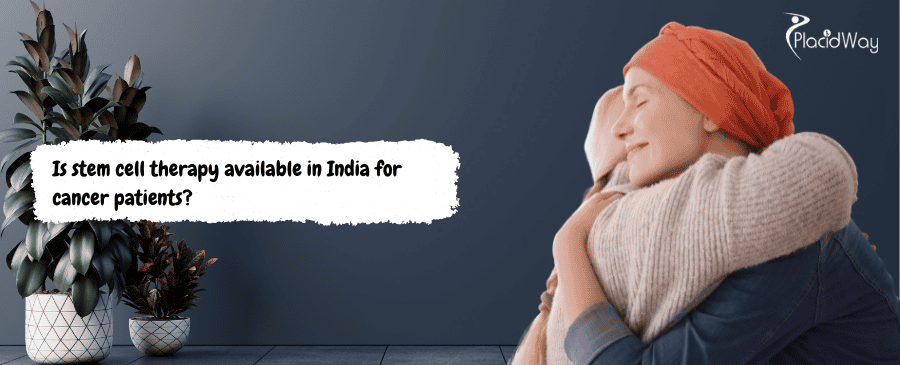
Stem cell therapy has emerged as a beacon of hope for countless patients worldwide, offering innovative approaches to treating various diseases, including cancer. In India, a rapidly advancing hub for medical tourism and healthcare innovation, stem cell therapy is indeed available for cancer patients. This blog post will delve into the specifics of stem cell therapy for cancer in India, addressing key questions regarding its availability, types, costs, success rates, eligibility, and the leading hospitals providing these advanced treatments. Our aim is to provide comprehensive, easy-to-understand information to help patients and their families make informed decisions about their treatment options in India.
What is Stem Cell Therapy for Cancer?
"Stem cell therapy for cancer primarily involves replacing diseased or damaged blood-forming cells with healthy stem cells, most commonly through hematopoietic stem cell transplantation (HSCT)."
Stem cell therapy, often referred to as regenerative medicine, is a groundbreaking approach that utilizes the unique properties of stem cells to repair, replace, or regenerate damaged tissues and cells in the body. In the context of cancer, the most established and widely used form of stem cell therapy is hematopoietic stem cell transplantation (HSCT). This procedure is critical for patients with certain types of cancer, particularly blood cancers like leukemia, lymphoma, and multiple myeloma. The fundamental principle is to allow for high-dose chemotherapy or radiation therapy, which can effectively kill cancer cells but also destroy the patient's healthy blood-forming cells in the bone marrow. After this intensive treatment, healthy stem cells are infused to restore the bone marrow's ability to produce new, healthy blood cells.
Beyond HSCT, research is ongoing into other applications of stem cells in cancer treatment, such as using them as vehicles for targeted drug delivery or to enhance the immune system's fight against cancer. However, these are often still in experimental or clinical trial phases. India's medical landscape has embraced these advancements, making various forms of stem cell therapy accessible to patients.
What Types of Stem Cell Therapy for Cancer are Available in India?
"The primary type of stem cell therapy for cancer available in India is hematopoietic stem cell transplantation (HSCT), which includes autologous, allogeneic, and haploidentical transplants."
In India, cancer patients typically have access to several types of hematopoietic stem cell transplantation (HSCT), which differ based on the source of the stem cells:
- Autologous Stem Cell Transplant: In this procedure, the patient's own healthy stem cells are collected and stored before they undergo high-dose chemotherapy or radiation. After the intensive treatment, these stored stem cells are re-infused into the patient to help restore their blood cell production. This method is often used for certain lymphomas, multiple myeloma, and some solid tumors. The advantage here is that there's no risk of graft-versus-host disease (GVHD) since the cells are the patient's own.
- Allogeneic Stem Cell Transplant: This involves using stem cells from a donor. The donor could be a matched sibling (the best match), an unrelated donor from a national or international registry, or a partially matched family member. This type of transplant is frequently used for leukemias, myelodysplastic syndromes, and other severe blood disorders. Allogeneic transplants carry the risk of GVHD but also offer a "graft-versus-tumor" effect, where the donor's immune cells recognize and kill remaining cancer cells.
- Haploidentical Transplant: This is a specific type of allogeneic transplant where the donor is only a "half-match," usually a parent, child, or sibling. This option has become increasingly important in India due to the challenges of finding fully matched unrelated donors. Advances in managing complications have made haploidentical transplants a viable option for many patients who lack a fully matched donor.
Additionally, some clinics in India may offer or participate in clinical trials for other investigational stem cell-based therapies for cancer, such as dendritic cell therapy or mesenchymal stem cell applications, but HSCT remains the most established and regulated treatment.
What is the Cost of Stem Cell Therapy for Cancer in India?
"The cost of stem cell therapy for cancer in India varies significantly, typically ranging from ?8,00,000 to ?40,00,000 (approximately $9,500 to $48,000 USD), depending on the type of transplant, hospital, and patient's condition."
India is known for offering high-quality medical treatments at a fraction of the cost compared to Western countries, and stem cell therapy for cancer is no exception. However, the overall expense can fluctuate based on several factors:
Type of Transplant: Autologous transplants are generally less expensive than allogeneic or haploidentical transplants due to the absence of donor-related costs and potentially fewer post-transplant complications.
- Autologous Stem Cell Transplant: ?8,00,000 to ?15,00,000
- Allogeneic Stem Cell Transplant: ?15,00,000 to ?35,00,000
- Haploidentical Transplant: ?20,00,000 to ?40,00,000
Hospital and City: Premier hospitals in major metropolitan areas like Delhi, Mumbai, Chennai, and Bangalore might have higher costs compared to smaller cities. The infrastructure, technology, and expertise of the medical team at a facility also play a role.
Patient's Condition and Complications: The patient's overall health, the stage of cancer, and any potential complications that arise during or after the transplant can significantly impact the total cost due to extended hospital stays, additional medications, or further procedures.
Pre- and Post-Treatment Expenses: These include diagnostic tests (e.g., CT scans, ultrasounds, specialized blood tests), pre-transplant conditioning (chemotherapy/radiation), medications (e.g., immunosuppressants), follow-up consultations, and rehabilitation. These can add a substantial amount to the overall bill.
It's crucial for patients and their families to get a detailed cost breakdown from the chosen hospital, including all potential expenses, before committing to the treatment. While generally more affordable, stem cell therapy in India is still a significant financial undertaking.
What are the Success Rates of Stem Cell Therapy for Cancer in India?
"The success rates of stem cell therapy for cancer in India vary depending on the type of cancer, stage of the disease, type of transplant, and patient's overall health, with reported success rates for blood cancers often reaching 60-80% or even higher for fully matched sibling donors."
The success of stem cell therapy for cancer is not a universal figure; it is highly individualized and depends on numerous factors. In India, where advanced medical care is readily available, the success rates are comparable to international standards.
- Type of Cancer: For certain blood cancers such as acute leukemia, lymphoma, and multiple myeloma, especially in earlier stages, stem cell transplants have significantly improved survival rates. For instance, experts report success rates for blood cancer treatment with stem cell transplants to be around 80%, and for transplants using fully matched sibling donors, survival rates can exceed 90%.
- Disease Stage: Patients whose cancer is in remission or at an earlier stage typically have better outcomes than those with advanced or relapsed disease.
- Type of Transplant: Allogeneic transplants, particularly from a well-matched sibling, generally offer the best long-term outcomes for specific conditions due to the "graft-versus-tumor" effect. Autologous transplants are also highly effective for diseases like multiple myeloma and certain lymphomas, as they reduce the risk of immune rejection.
- Patient's Age and Overall Health: Younger patients and those with fewer co-morbidities tend to tolerate the intensive treatment better and have higher success rates.
- Post-Transplant Complications: The occurrence and management of complications like infections, graft-versus-host disease (GVHD), or organ toxicity can also impact the overall success and long-term survival.
Indian hospitals and medical professionals are increasingly contributing to the global data on stem cell transplant outcomes, with many centers reporting robust success rates aligned with international benchmarks, particularly in established indications.
Which Healthcare Providers Offer Stem Cell Therapy for Cancer in India?
"Several leading healthcare providers across India offer comprehensive stem cell therapy services for cancer patients, known for their advanced facilities and experienced medical teams."
India boasts a robust healthcare infrastructure with numerous facilities equipped with state-of-the-art technology and experienced medical professionals specializing in stem cell therapy for cancer. These prominent institutions are often accredited by national and international bodies, ensuring high standards of care and patient safety. When considering stem cell therapy in India, it is advisable to research the specific center's expertise in your particular cancer type.
What are the Eligibility Criteria for Stem Cell Therapy for Cancer in India?
"Eligibility for stem cell therapy for cancer in India is determined by a comprehensive evaluation, including cancer type and stage, overall health, age, organ function, and the availability of a suitable donor for allogeneic transplants."
Undergoing stem cell therapy for cancer is a complex medical decision, and not all cancer patients are suitable candidates. The eligibility criteria in India are rigorous and align with international medical guidelines to ensure patient safety and optimize treatment outcomes. Key factors considered include:
- Cancer Type and Stage: Stem cell transplantation is most commonly indicated for specific hematological malignancies (leukemia, lymphoma, multiple myeloma) and certain solid tumors that have responded well to initial therapy or are highly aggressive. The stage of the disease, whether it's in remission, relapsed, or refractory, significantly influences eligibility.
- Overall Health Status (Performance Status): Patients must be strong enough to withstand the intensive conditioning regimens (high-dose chemotherapy and/or radiation) and the potential side effects of the transplant. This involves assessing their general physical condition and ability to perform daily activities.
- Age: While there isn't a strict age limit, younger patients generally have better tolerance for the procedure and a higher likelihood of successful engraftment and recovery. However, advances in supportive care have made transplants feasible for older adults with good overall health.
- Organ Function: Crucial organs like the heart, lungs, kidneys, and liver must be functioning adequately to minimize the risk of severe complications during and after the transplant. Extensive tests are conducted to evaluate organ health.
- Absence of Active Infections or Other Serious Co-morbidities: Active infections or uncontrolled chronic conditions could significantly increase the risks associated with the transplant. These need to be managed before proceeding.
- Donor Availability and Match (for Allogeneic Transplants): For allogeneic transplants, finding a human leukocyte antigen (HLA)-matched donor (sibling, unrelated donor, or haploidentical donor) is a critical requirement. The degree of HLA match impacts the risk of graft-versus-host disease and transplant success.
A multidisciplinary team of oncologists, hematologists, transplant specialists, and other healthcare professionals conducts a thorough evaluation to determine a patient's suitability for stem cell therapy in India.
What are the Risks and Benefits of Stem Cell Therapy for Cancer?
"Stem cell therapy for cancer offers significant benefits like potential cure, improved survival rates, and reduced recurrence, but it carries risks such as infection, graft-versus-host disease (GVHD), organ toxicity, and secondary cancers."
Stem cell therapy for cancer, particularly hematopoietic stem cell transplantation (HSCT), is a powerful treatment modality with both significant potential benefits and considerable risks. Understanding these aspects is crucial for patients and their families.
Benefits:
- Potential for Cure: For many patients with specific blood cancers, HSCT offers the best, and sometimes the only, chance for a long-term cure or prolonged remission. It can eliminate remaining cancer cells that survived conventional chemotherapy or radiation.
- Improved Survival Rates: By replacing damaged bone marrow with healthy stem cells, the body's ability to produce healthy blood cells is restored, allowing for the use of more intensive anti-cancer therapies and leading to improved overall and disease-free survival.
- Reduced Relapse Rates: In allogeneic transplants, the "graft-versus-tumor" effect, where donor immune cells recognize and destroy residual cancer cells, can significantly reduce the risk of cancer recurrence.
- Treatment of High-Risk Cancers: HSCT allows for the administration of high doses of chemotherapy or radiation that would otherwise be lethal due to bone marrow suppression, making it possible to treat aggressive and high-risk cancers effectively.
Risks:
- Infection: Patients are highly susceptible to infections (bacterial, viral, fungal) during the period when their immune system is suppressed following conditioning therapy and before the new immune system recovers. This is a major concern.
- Graft-Versus-Host Disease (GVHD): Unique to allogeneic transplants, GVHD occurs when the donor's immune cells attack the recipient's healthy tissues, recognizing them as foreign. It can range from mild to life-threatening and affect various organs.
- Organ Toxicity: The intensive chemotherapy and radiation used before transplant can damage organs like the heart, lungs, kidneys, and liver, leading to long-term complications.
- Mucositis: Painful inflammation and sores in the mouth and digestive tract are common side effects of conditioning chemotherapy.
- Secondary Cancers: While rare, there is a small risk of developing a new, unrelated cancer years after the stem cell transplant due to the intensive chemotherapy and radiation.
- Engraftment Failure: In some cases, the transplanted stem cells may not successfully "engraft" or start producing new blood cells, which is a life-threatening complication.
- Venous Occlusive Disease (VOD): A potentially severe complication affecting the liver, characterized by blockages in the small veins of the liver.
Despite the risks, advancements in supportive care, infection control, and GVHD management have significantly improved the safety and outcomes of stem cell therapy in India and globally.
What is the Process of Stem Cell Therapy for Cancer in India?
"The process of stem cell therapy for cancer in India typically involves a thorough pre-transplant evaluation, conditioning therapy (chemotherapy/radiation), stem cell infusion, and a post-transplant recovery period with close monitoring."
The journey of stem cell therapy for cancer is a multi-stage process that requires meticulous planning and execution. In India, the process generally follows these key steps:
Pre-transplant Evaluation: This is a comprehensive assessment to determine patient eligibility and overall fitness for the transplant. It includes detailed medical history, physical examination, blood tests, organ function tests (e.g., cardiac, pulmonary, renal, hepatic), imaging scans, and in the case of allogeneic transplants, HLA typing for donor matching. Psychological and social support assessments are also crucial.
Stem Cell Collection:
- Autologous: If the patient's own cells are used, stem cells are collected from their peripheral blood (after mobilization with growth factors) or bone marrow. This process, called apheresis, is typically done before conditioning therapy.
- Allogeneic: For donor transplants, stem cells are collected from the donor's peripheral blood, bone marrow, or umbilical cord blood.
Conditioning Therapy: This phase involves high-dose chemotherapy, with or without radiation therapy, given over several days. The primary goals are to destroy remaining cancer cells and to suppress the patient's immune system to prevent rejection of the transplanted stem cells. This is the most challenging part of the treatment, causing significant side effects.
Stem Cell Infusion: After conditioning, the collected stem cells are infused intravenously, much like a blood transfusion. The cells travel to the bone marrow, where they begin the process of engraftment – settling in and starting to produce new blood cells. This usually takes a few weeks.
Post-transplant Recovery and Monitoring: The patient remains in a sterile environment (often a specialized transplant unit) for several weeks or months after the infusion. During this critical period, they are highly susceptible to infections due to a severely weakened immune system. Close monitoring for complications like infection, GVHD, and organ toxicity is essential. Medications are given to prevent and treat these complications. Regular blood tests are performed to track blood count recovery and chimerism (for allogeneic transplants, checking if donor cells have successfully engrafted).
Long-Term Follow-up: Even after discharge, patients require long-term follow-up care to monitor for late complications, ensure full recovery, and manage any ongoing side effects. Rehabilitation may also be part of the recovery process.
Indian transplant centers prioritize a patient-centric approach, providing comprehensive care throughout this demanding process.
What are the Regulations for Stem Cell Therapy in India for Cancer?
"In India, hematopoietic stem cell transplantation (HSCT) for blood disorders and certain cancers is a permitted and regulated use of stem cells, primarily guided by the National Guidelines for Stem Cell Research (NGSCR) set by ICMR and DBT."
India has established a regulatory framework for stem cell therapy, with the aim of promoting ethical research and ensuring patient safety. The primary guiding document is the National Guidelines for Stem Cell Research (NGSCR), developed by the Indian Council of Medical Research (ICMR) and the Department of Biotechnology (DBT).
Key aspects of the regulations concerning stem cell therapy for cancer include:
- Permitted Use of HSCT: The guidelines specifically permit the use of bone marrow/hematopoietic stem cell transplantation for treating blood disorders, including various types of blood cancers (leukemia, lymphoma, multiple myeloma), and certain other non-malignant conditions like thalassemia and aplastic anemia. This is considered an established therapy.
- Clinical Trials for Other Conditions: For all other conditions where stem cell therapy is not yet considered an established treatment (e.g., solid tumors, neurological disorders), it can only be offered within the purview of approved and regulated clinical trials. This means that any experimental stem cell therapy for cancer beyond HSCT must undergo rigorous ethical review and regulatory approval as a clinical trial, with patients fully informed about the investigational nature of the treatment.
- Ethical Oversight: All stem cell research and therapy in India are subject to strict ethical oversight by Institutional Ethics Committees (IECs) and the National Apex Committee for Stem Cell Research and Therapy (NAC-SCRT).
- Accreditation and Standards: While the regulations outline the ethical and scientific aspects, specific accreditation bodies or hospital standards ensure quality in practice. Hospitals offering stem cell transplants are expected to adhere to high standards of infrastructure, trained personnel, and patient care.
These regulations reflect India's commitment to responsible development and application of stem cell science, balancing innovation with patient protection. Patients considering stem cell therapy in India should confirm that the chosen treatment falls within these established guidelines or is part of a legitimate clinical trial.
How Long Does Recovery Take After Stem Cell Therapy for Cancer?
"Recovery after stem cell therapy for cancer can range from several weeks to many months, with full immune system recovery often taking 6 to 12 months or even longer, depending on the type of transplant and individual patient factors."
The recovery period following stem cell therapy for cancer is a critical and often lengthy phase. It involves several stages, and the timeline can vary significantly based on the type of transplant (autologous vs. allogeneic), the patient's age, overall health, and the occurrence of complications.
- Initial Hospital Stay (Engraftment Phase): Patients typically remain hospitalized for 3 to 6 weeks after stem cell infusion. During this time, the focus is on waiting for the new stem cells to engraft in the bone marrow and start producing healthy blood cells. The patient's blood counts will be very low, making them highly susceptible to infections and bleeding. Supportive care, including blood transfusions and antibiotics, is crucial.
- Early Outpatient Recovery (First 3-6 Months): Once blood counts recover sufficiently and major acute complications are managed, patients are discharged but require very frequent outpatient visits. During this period, the immune system is still weak, and patients are at risk of infections and, in allogeneic transplants, acute graft-versus-host disease (GVHD). Fatigue, appetite changes, and other side effects are common. Activity levels are gradually increased.
- Long-Term Recovery (6-12 Months or Longer): Full immune system recovery can take anywhere from 6 months to over a year, or even longer for allogeneic transplant recipients, especially if they develop chronic GVHD. Patients may continue to experience fatigue, mild infections, and require ongoing medication, including immunosuppressants for allogeneic transplants. Regular follow-up appointments with the transplant team are essential to monitor for late complications and assess long-term health.
The recovery journey after stem cell therapy for cancer is unique for each individual. Patients and their families are provided with detailed instructions on infection prevention, diet, medication management, and when to seek medical attention. Supportive care, including nutritional support, physical therapy, and psychological counseling, plays a vital role in optimizing recovery.
Can Stem Cell Therapy Replace Traditional Cancer Treatments?
"No, stem cell therapy for cancer, specifically hematopoietic stem cell transplantation (HSCT), typically complements rather than replaces traditional cancer treatments like chemotherapy and radiation, often used after or in conjunction with them."
While stem cell therapy for cancer is a powerful tool, it is generally not a standalone replacement for traditional cancer treatments. Instead, it works in conjunction with them, forming an integral part of a comprehensive treatment strategy.
- Synergistic Approach: For many blood cancers and certain solid tumors, hematopoietic stem cell transplantation (HSCT) is performed after patients have undergone high-dose chemotherapy and/or radiation therapy. The intensive conditioning regimen aims to eliminate as many cancer cells as possible. The stem cell transplant then serves a crucial role by rescuing the patient's bone marrow from the damage caused by these high-dose treatments, allowing for higher, more effective doses of chemotherapy to be given.
- Not a Universal Cure: While highly effective for certain cancers, stem cell therapy is not a universal cure for all cancer types. Its indications are specific to diseases where replenishing the blood-forming system is critical or where the graft-versus-tumor effect of donor cells is beneficial. For many solid tumors, surgery, radiation, and conventional chemotherapy remain the primary treatments.
- Investigational Therapies: While research is exploring the use of stem cells in novel ways (e.g., as targeted drug delivery systems or immune cell boosters), these are largely investigational and are not yet established as standard-of-care replacements for traditional therapies. They are typically conducted within clinical trial settings.
Therefore, patients considering stem cell therapy for cancer in India should understand that it is usually part of a broader, multi-modal treatment plan tailored to their specific cancer type and stage. It enhances the effectiveness of conventional therapies by enabling more aggressive treatment protocols and facilitating bone marrow recovery.
What are the Long-Term Side Effects of Stem Cell Therapy for Cancer?
"Long-term side effects of stem cell therapy for cancer can include chronic graft-versus-host disease (GVHD), fatigue, organ dysfunction (lung, kidney, liver), infertility, cataracts, and an increased risk of secondary cancers."
While stem cell therapy for cancer can be life-saving, survivors may experience long-term side effects that can impact their quality of life. These effects vary depending on the type of transplant (autologous vs. allogeneic), the conditioning regimen used, and individual patient factors.
Chronic Graft-Versus-Host Disease (GVHD): This is a significant long-term complication in allogeneic transplant recipients, where donor immune cells continue to attack the recipient's tissues. It can affect nearly any organ, including the skin, eyes, mouth, liver, lungs, and gut, leading to symptoms like skin rashes, dry eyes, difficulty eating, and breathing problems. It can persist for years and require ongoing immunosuppressive therapy.
Fatigue: Many stem cell transplant survivors experience persistent fatigue for months or even years after the procedure, which can affect daily activities and overall well-being.
Organ Dysfunction: The intensive chemotherapy and radiation used during conditioning can lead to long-term damage to various organs:
- Lungs: Chronic lung disease, such as bronchiolitis obliterans, can cause shortness of breath.
- Kidneys: Kidney damage can result in chronic kidney disease.
- Liver: Liver complications, though less common long-term, can occur.
- Heart: Cardiac issues, including heart failure, can be a concern.
Infertility: The high doses of chemotherapy and radiation often lead to permanent infertility in both men and women. Fertility preservation options should be discussed before treatment.
Cataracts: A common late effect, particularly in patients who received total body irradiation.
Secondary Cancers: While rare, there is a small increased risk of developing a new type of cancer (e.g., myelodysplastic syndrome, acute myeloid leukemia) years after the transplant, often due to the genotoxic effects of the conditioning therapy.
Endocrine Issues: Thyroid dysfunction, growth hormone deficiency, and other hormonal imbalances can occur.
Psychological and Emotional Impact: Many survivors face long-term psychological challenges, including anxiety, depression, and post-traumatic stress disorder, due to the intense nature of the treatment and recovery.
Long-term follow-up care with a specialized transplant team is crucial to monitor for and manage these potential late effects, helping survivors maintain the best possible quality of life after stem cell therapy.
Is Stem Cell Therapy for Cancer Covered by Insurance in India?
"Insurance coverage for stem cell therapy for cancer in India varies; while hematopoietic stem cell transplantation (HSCT) is increasingly covered by health insurance policies, the extent of coverage depends on the specific plan and medical necessity."
The question of insurance coverage for stem cell therapy for cancer in India is a significant concern for many patients. Here's what to generally expect:
Established Therapies (HSCT): For established procedures like hematopoietic stem cell transplantation (HSCT) used for recognized indications (e.g., blood cancers, bone marrow failure syndromes), many comprehensive health insurance plans in India now offer coverage. However, the extent of coverage can vary widely.
Factors Influencing Coverage:
- Policy Type and Sum Insured: Higher sum insured policies and more comprehensive plans are more likely to cover the substantial costs of stem cell transplants.
- Waiting Periods: Most policies have waiting periods for pre-existing conditions and specific procedures, so it's crucial to check these before planning treatment.
- Medical Necessity: Insurance companies will require documentation proving the medical necessity of the transplant as per their guidelines. This means the treatment must be deemed appropriate and essential for the patient's condition by qualified medical professionals.
- Network Hospitals: Coverage might be higher or only available if the treatment is performed at a network hospital.
- Sub-limits and Co-payments: Policies may have sub-limits for specific components of the treatment (e.g., room rent, specific procedures) or require co-payments from the patient.
Investigational Therapies: It is highly unlikely that insurance will cover experimental or investigational stem cell therapies for conditions where the treatment is not yet established as standard of care. These are usually conducted under clinical trials, and patients would need to inquire about funding arrangements for such trials.
Patients should thoroughly review their health insurance policy, contact their insurance provider, and consult with the hospital's financial counseling department well in advance of treatment. This proactive approach helps clarify the scope of coverage and any potential out-of-pocket expenses for stem cell therapy in India.
What Support Services Are Available for Cancer Patients Undergoing Stem Cell Therapy in India?
"Cancer patients undergoing stem cell therapy in India benefit from a range of support services, including specialized transplant units, psychological counseling, nutritional guidance, physical therapy, and patient advocacy groups."
Undergoing stem cell therapy for cancer is a physically and emotionally demanding journey. Recognizing this, leading hospitals in India provide a comprehensive suite of support services designed to assist patients and their families throughout the treatment and recovery phases:
- Specialized Transplant Units: Hospitals offering stem cell transplants have dedicated, sterile environments with advanced infrastructure to minimize the risk of infection during the vulnerable post-transplant period. These units are staffed by highly trained nurses and support staff.
- Multidisciplinary Care Teams: Patients are cared for by a team of specialists including hematologists, oncologists, infectious disease specialists, dietitians, physiotherapists, and psychologists, ensuring holistic support.
- Psychological Counseling and Support Groups: The emotional toll of cancer and intensive treatment can be immense. Many hospitals offer counseling services for patients and their families to cope with anxiety, depression, and stress. Patient support groups can also provide a platform for sharing experiences and receiving peer support.
- Nutritional Guidance: Diet plays a crucial role in recovery. Registered dietitians provide personalized meal plans to help patients manage side effects, maintain weight, and optimize their nutritional intake during and after treatment.
- Physical Therapy and Rehabilitation: As patients recover from the fatigue and deconditioning caused by treatment, physical therapists help them regain strength, mobility, and overall physical function.
- Infection Control and Management: Given the high risk of infection, strict protocols are in place, and patients receive education on infection prevention at home. Rapid diagnosis and treatment of infections are prioritized.
- Pain Management: Comprehensive pain management strategies are implemented to alleviate discomfort arising from conditioning therapy, mucositis, or other side effects.
- Patient Education and Navigation: Healthcare teams provide extensive education about the treatment process, potential side effects, and self-care strategies. Patient navigators or coordinators can assist with scheduling appointments, understanding bills, and accessing resources.
- Fertility Preservation Counseling: Given the risk of infertility, counseling and options for fertility preservation are often discussed before starting treatment.
These support services are vital for ensuring that patients receiving stem cell therapy in India receive not just medical treatment but also the comprehensive care needed for a smoother recovery and improved quality of life.
What is the Future of Stem Cell Therapy for Cancer in India?
"The future of stem cell therapy for cancer in India is promising, with ongoing research into novel applications, increased clinical trial participation, and a growing focus on personalized medicine and advanced cellular therapies like CAR T-cell therapy."
The field of stem cell therapy for cancer in India is continually evolving, driven by advancements in medical science and increasing investment in research and development. The future holds significant promise:
- Expansion of Established Therapies: While hematopoietic stem cell transplantation (HSCT) is well-established, ongoing efforts aim to improve its efficacy, reduce toxicity, and expand its applicability to a broader range of patients, including those with challenging cancer types or co-morbidities. This includes refining conditioning regimens and improving supportive care.
- Growth in Clinical Trials: India is increasingly participating in global clinical trials for novel stem cell-based therapies for cancer. This includes exploring the use of mesenchymal stem cells (MSCs) for managing transplant complications like GVHD, and investigating the anti-cancer properties of other stem cell types.
- Advanced Cellular Therapies: A major area of growth is in advanced cellular therapies, such as CAR T-cell therapy. While not strictly "stem cell therapy" in the traditional sense, CAR T-cell therapy involves genetically modifying a patient's T-cells to recognize and attack cancer cells, and it often involves a manufacturing process similar to cell therapies. India is actively developing its capabilities in this complex and revolutionary field for specific blood cancers.
- Personalized Medicine: The trend towards personalized medicine will significantly impact stem cell therapy. This involves tailoring treatments based on an individual patient's genetic makeup and the specific characteristics of their cancer, potentially leading to more effective and less toxic stem cell interventions.
- Biobanking and Donor Registries: Continued efforts to expand bone marrow and cord blood registries in India will improve access to suitable donors for allogeneic transplants, addressing a critical bottleneck.
- Research in Solid Tumors: While HSCT is primarily for blood cancers, research is intensifying into using stem cells or stem cell-derived products to target solid tumors, perhaps through drug delivery or by modulating the tumor microenvironment.
The regulatory environment in India is also adapting to facilitate safe and ethical innovation in stem cell research and therapy. As research progresses and new therapies gain regulatory approval, India is poised to remain a significant global player in the advanced treatment of cancer.
Considering options for stem cell therapy or other advanced healthcare solutions? Explore PlacidWay's network of world-class medical facilities and experienced specialists to find the treatment that's right for you.


.png)





.png)
.png)
.png)
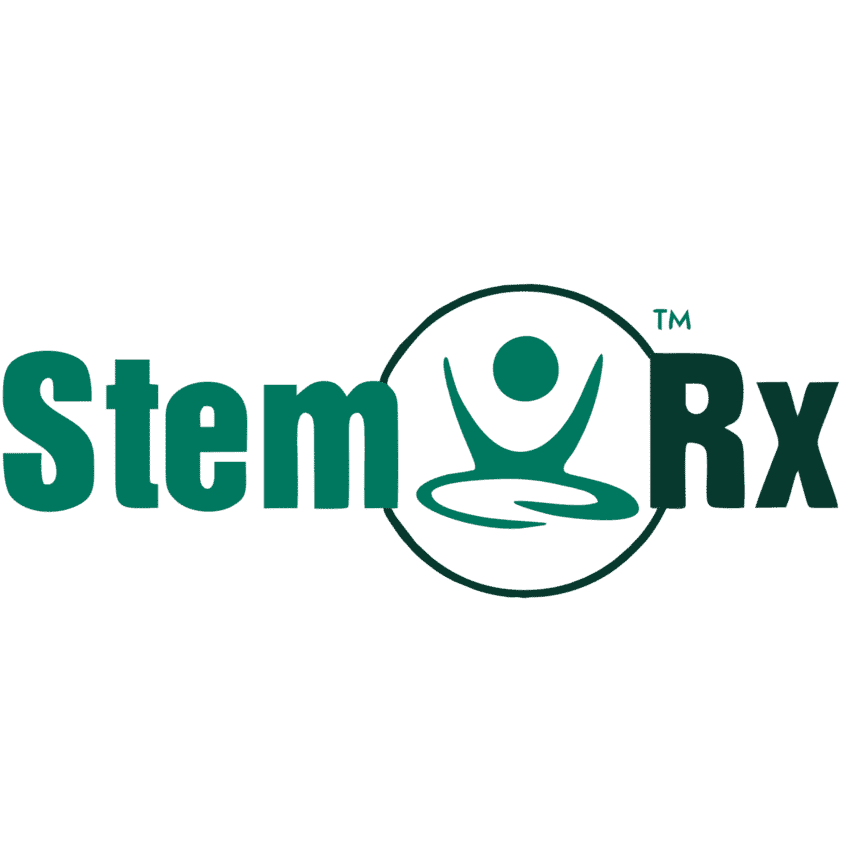
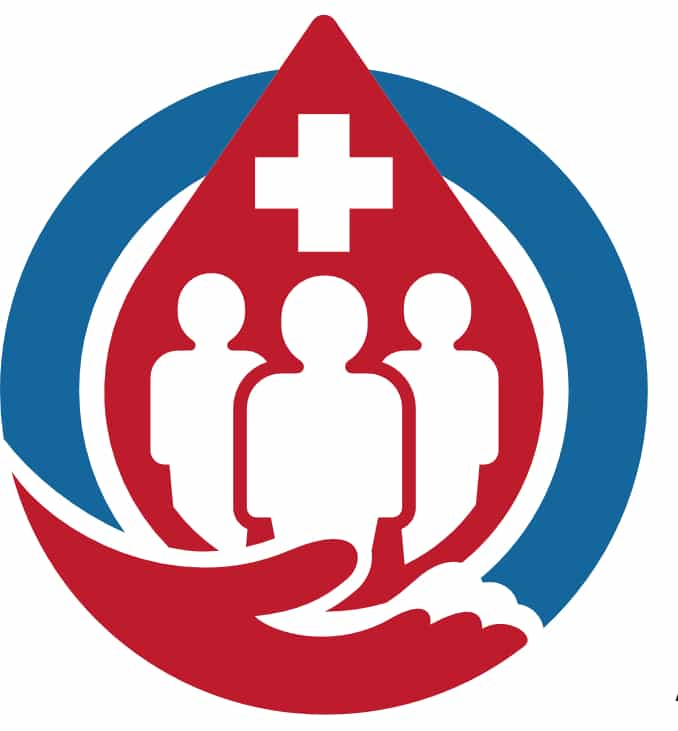

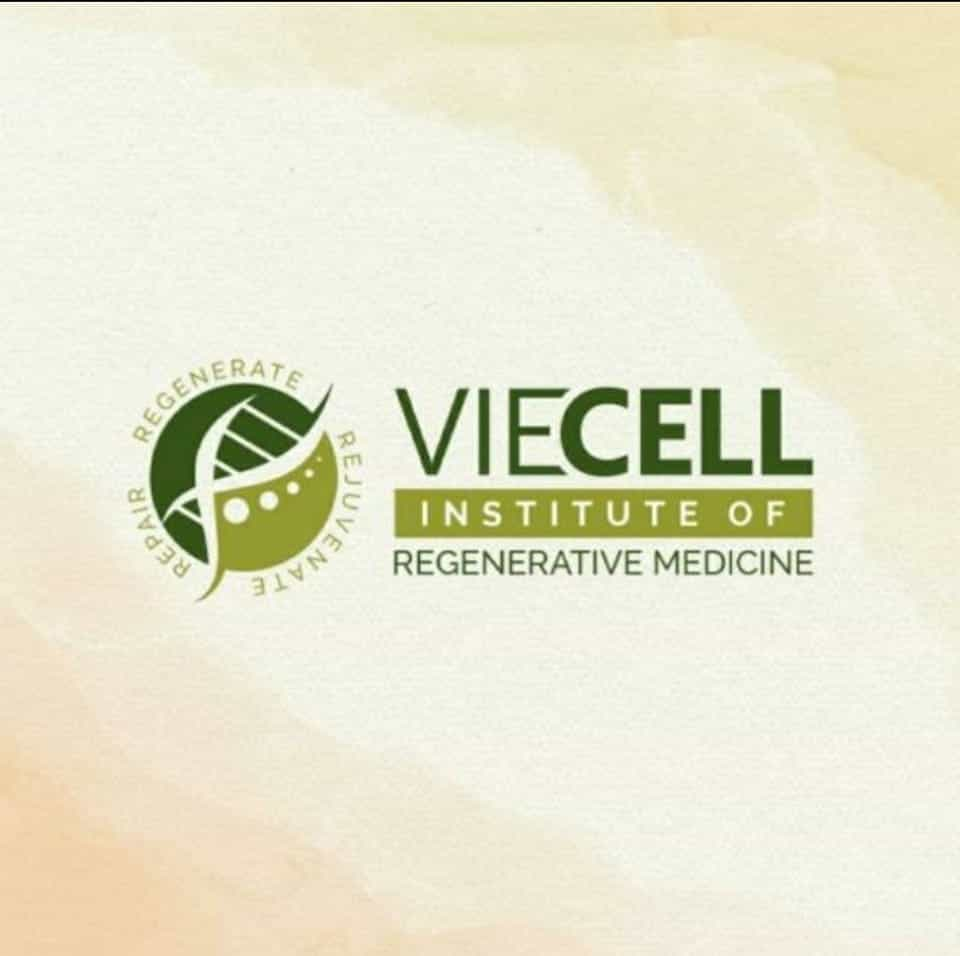
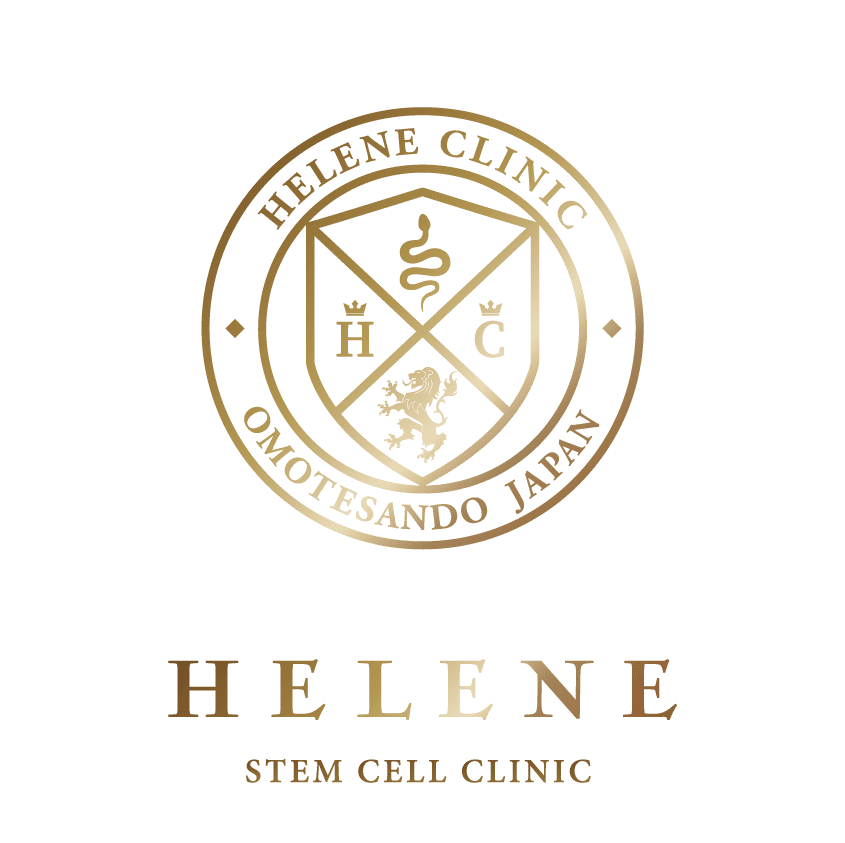

Share this listing